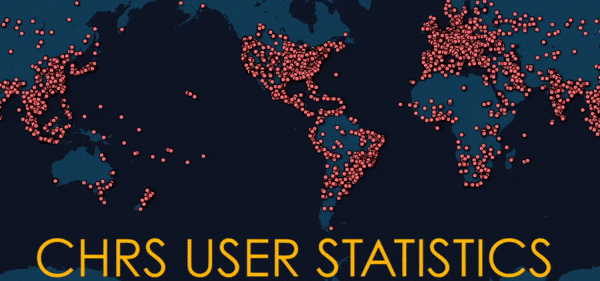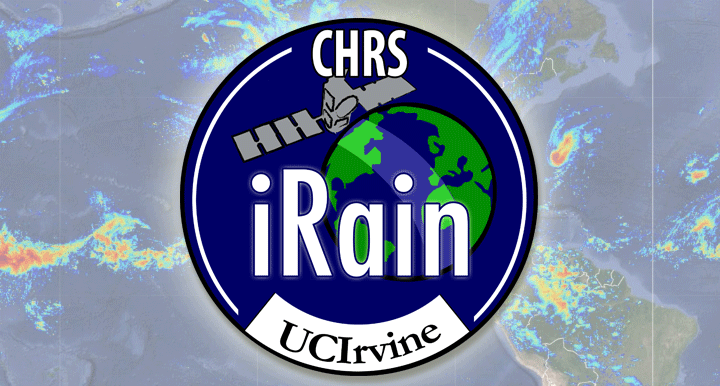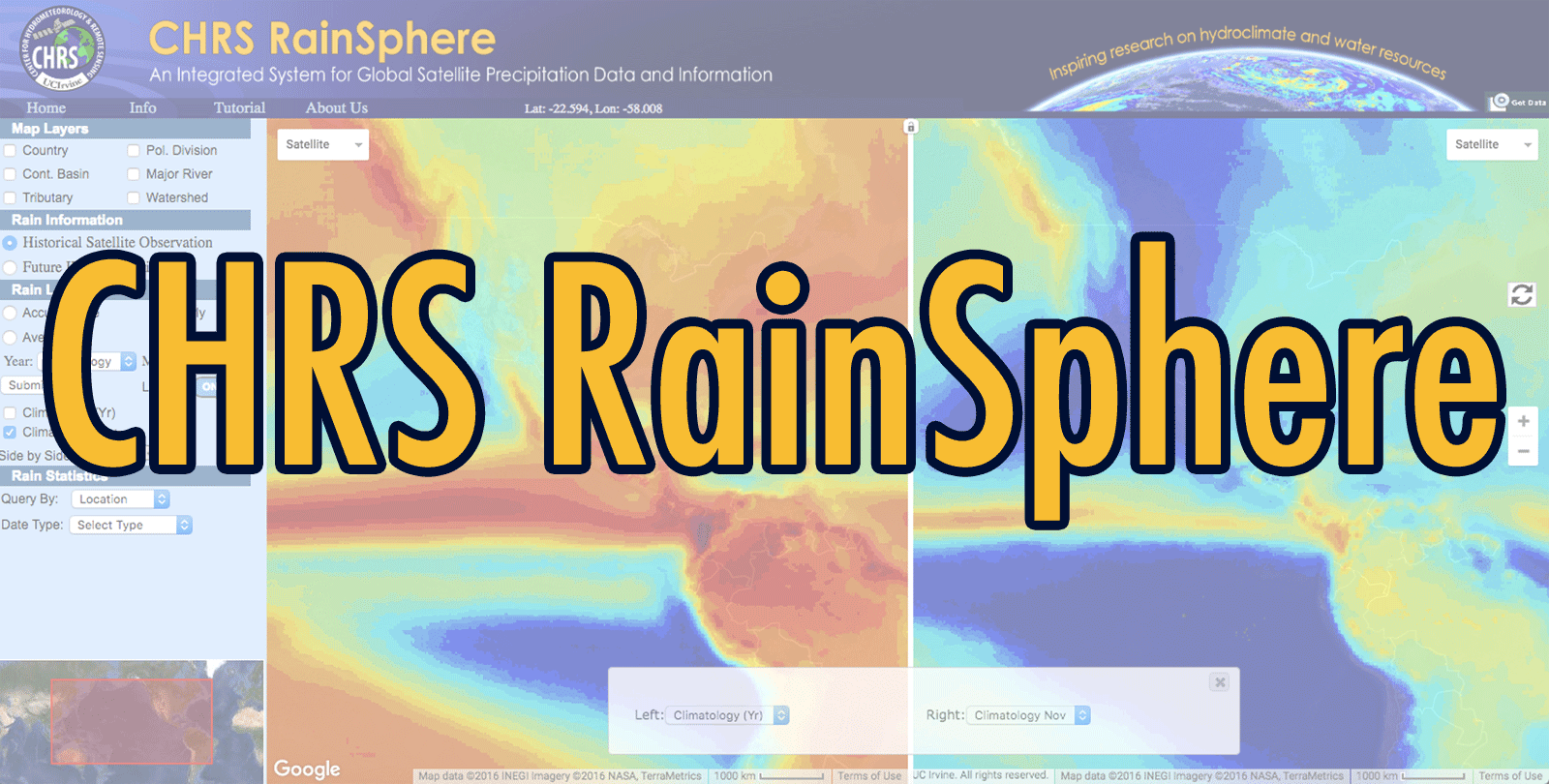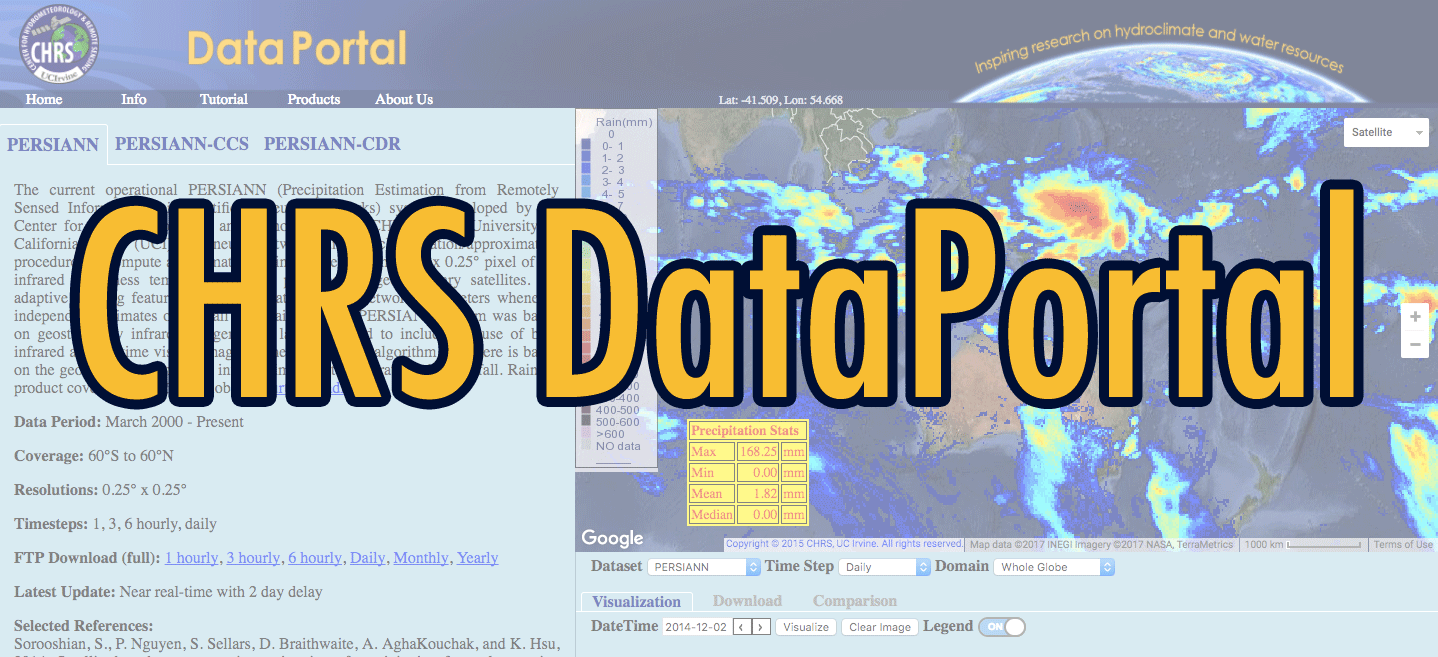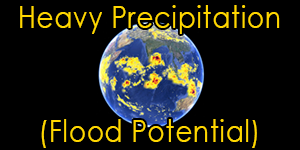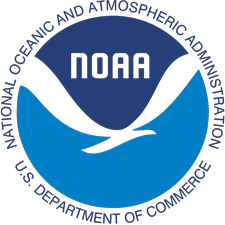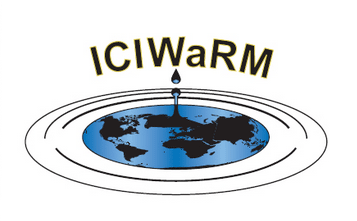Hydrologic Prediction
Improving snow modeling component in Land Surface Models
One of the most difficult tasks in hydrology is realistic prediction of the timing, amount, and patterns of snowmelt in mountainous areas. The NWSRFS Snow-17 model was developed in the 1970s ( Anderson , 1978 ). The NOAH snow model, although rooted in improved physics, still has major weaknesses (see comments in Chen and Dudhia, 2001 ). Considerable research (including our own) indicates that certain critical physical processes of snow need to be described within a snow model, including:
- Snow in vegetated areas,
- liquid-ice phase changes inside the snowpack,
- variations of snow physical properties with snow compaction,
- strong gradients of snow property variability in the top layer of a snowpack, and
- the formation of deeply stable atmosphere over the snow cover ( Jin et al., 1999 ).
Comparison between several snow models (table 1) indicate that the SAST model considers all of the above key characteristics
| Model Characteristics | NWSRFS Snow-17 (Anderson, 1978) |
NOAH Snow model (Chen and Dudhia, 2001) |
SAST Snow-Atmo.-Soil Transfer (Jin et al., 1999 a,b) |
|---|---|---|---|
| Use Mass-Energy Balance | Yes (Lumped) | Yes | Yes |
| Application | River basin | Regular Grids | Grids or Basin |
| Number of Vertical Layers | 1 | 1 | 3 in variable thickness |
| Vegetation Influence | No | Yes | Yes |
| Liquid Water-Ice in Snow | Yes | No | Yes |
| Deep Stable Atmosphere | Not considered | Not considered | Considered |
| Snow Physical Properties | Fixed | Fixed | Vary with compaction |
As shown, the SAST snow model, developed by our team priori to our relocation to UCI, was designed to represent most of the above- mentioned processes, while being efficient in terms of computation. The model evaluated well in coupled runs using the NCAR GCM-CCM3 and MM5 and off-line comparisons (including the international PILPS 2e experiment (when the model was applied to the high-latitude Torne-Kalix River basin shared by Sweden and Finland; see the special issue for PILPS 2e experiment in Global and Planetary Change, 2003).
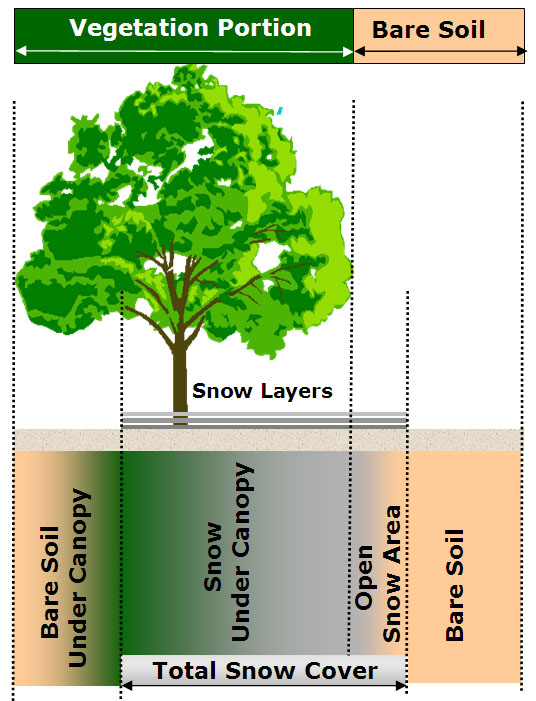
Conceptual description of the SAST's treatment of snow-vegetation-soil distribution before (top) and after (bottom) snow.
Current and near-future activities will focus on
- implementing the SAST model into the NWSRFS and NOAH models,
- conducting intensive studies and validation over the CBRFC and CNRFC operational forecast areas,
- developing a satellite snow data assimilation scheme to improve the prediction of SWE, and
- employing calibration procedures to improve the snowmelt runoff prediction
- Improve Mesoscale Modeling
- Improve time-varying boundary conditions using EOS SST data
- Improving the simulated triggering of convective events in urban areas
- Ensemble Weather Forecasting
- Improving snow modeling component in Land Surface Models
- Assimilation of Satellite Snow Data
- Usage of Remote-Sensing data
- Surface Hydrology Forecasting and Prediction System





